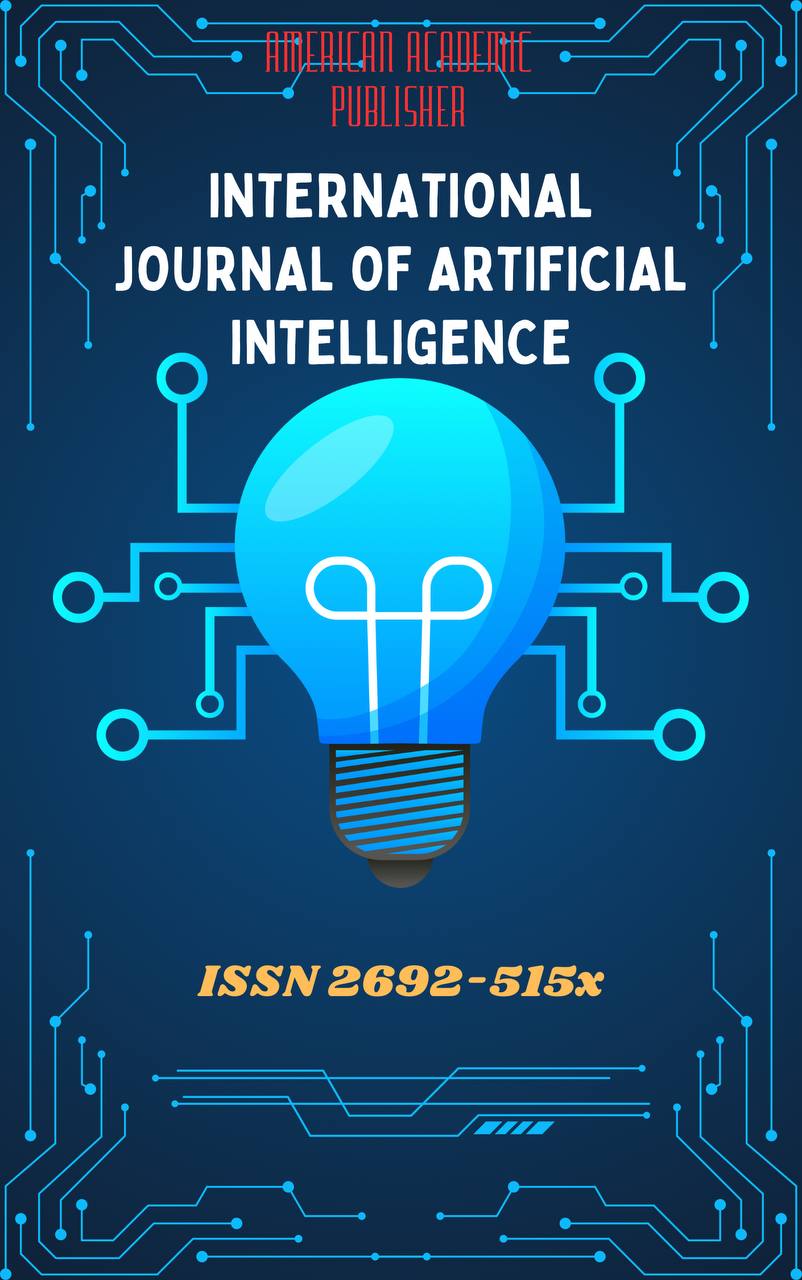 Articles
| Open Access |
Articles
| Open Access | TASK-BASED LANGUAGE TEACHING IN EFL CONTEXTS: OPPORTUNITIES AND LIMITATIONS
Gulandom Abdullajonova , EFL Instructor, ISFT Institute, UzbekistanAbstract
Task-Based Language Teaching (TBLT) has become a widely endorsed instructional approach in English as a Foreign Language (EFL) classrooms, focusing on real-world communicative tasks rather than isolated linguistic forms. This paper explores the pedagogical foundations of TBLT, its implementation strategies, and the learning outcomes it generates. Drawing on recent empirical studies and case reports, it also identifies limitations such as curricular constraints, teacher readiness, and assessment challenges. The discussion underscores the need for ongoing teacher training and contextual adaptations to make TBLT effective and sustainable in diverse educational settings.
Keywords
TBLT, task-based learning, EFL pedagogy, communicative competence, language acquisition, classroom practice, learner-centered instruction
References
Butler, Y. G. (2011). The implementation of communicative and task-based language teaching in the Asia-Pacific region. Annual Review of Applied Linguistics, 31, 36–57.
Carless, D. (2007). The suitability of task-based approaches for secondary schools: Perspectives from Hong Kong. System, 35(4), 595–608.
East, M. (2012). Addressing the challenges of task-based language teaching: Insights from New Zealand. ELT Journal, 66(3), 221–230.
Ellis, R. (2003). Task-based language learning and teaching. Oxford University Press.
Ellis, R. (2009). The differential effects of three types of task planning on the fluency, complexity, and accuracy in L2 oral production. Applied Linguistics, 30(4), 474–509.
Nunan, D. (2004). Task-based language teaching. Cambridge University Press.
Skehan, P. (1996). A framework for the implementation of task-based instruction. Applied Linguistics, 17(1), 38–62.
Willis, D., & Willis, J. (2007). Doing task-based teaching. Oxford University Press.
Article Statistics
Downloads
Copyright License

This work is licensed under a Creative Commons Attribution 4.0 International License.

